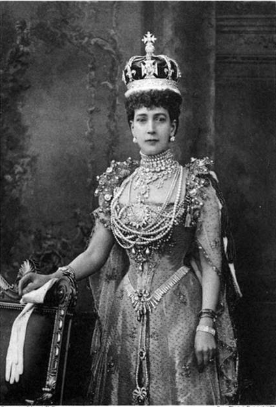Why obsess..
- gem_head

- Sep 13, 2019
- 3 min read
If I had a penny for each author that wrote about some reason or the other behind humankind's fascination with gems, I would def have a little fortune to myself. Gems have been with humans long before the establishment of gemology, from the days of early civilizations people sought gems and jewels. Many speculations as to why, many articles cover - visual attraction of colors and brilliancy; power associated with acquiring a rare object, vanity, social acceptance; hardness and toughness; monetary value' healing ability etc. so many reasons why.
For me it's the story each gem has to tell. I am so fortunate to have the opportunity to see some of the best gem specimens of the world at work. Many museum quality gems mounted on to jewelry pass through me everyday. I look at each of them under a microscope. I often wonder about the journey it's travelled to get to me.
There's something so stupefying about the thought of a rough mineral crystal sitting inside of the earth's crust among other, less rare minerals and soil for billions of years, oblivious to all that goes on above ground. When its unearthed, its handpicked, removed from the other minerals and soil around it because of its unique appearance and sometimes other properties. The crystal travels through many hands before its faceted into a gem. Then it is set on a mounting and created into a beautiful piece of jewelry. And finally sold and owed by someone, possibly millions of miles away from where it was unearthed. Some gems are then passed down families for generations. Outliving all those who have touched it through its journey.
This is only one story, each stone has its own, and where they end up - not always jewelry; sometimes museums, sometimes industrial equipment. And for me, It's hard not obsess.
One of my favorite stories is the story of the Koh-i-noor - one of the most popular and magnificent gems in the world today as the longest history of all the famous gems. There are of course many versions of this story but legend has it, the diamond was first mentioned more than 5000 years ago in a Sanskrit script, and was named the Syamantaka. It is of course fold lore and speculation that the Syamantaka and the Koh-i-noor is the same. After this first written mention, it doesn't come up again until 1304, it was in the possession of the maharajah of Malwa. And again in 1526, when it fell into the hands of founder of the Mogul dynasty and passed down the line of the great Moguls. When the great Persian invader Nadir Shah invaded India in 1739, all of the Mogul treasures were taken by Shah, except this diamond. Shah was told that the great Mogul kept the stone hidden in his turban, In accordance with the local custom, Shah invited the Mogul rajah to dinner where they exchanged the turbans. And when he finally unrolled the Mogul rajah's turban, it is said that the giant diamond fell on to the floor, at the sight it is said Shah exclaimed "Koh-i-noor" meaning Mountain of Light in Persian. Later the stone was taken to Afganistan by Shah and his army. The stone was smuggled back to India by one of Shah's generals to the Sikh Maharaja Ranjit Sing of Lahore in 1810. In 1849 the East India Company acquired the stone and presented to Queen Victoria in 1850. The Koh-i-noor was re-cut from its original 186 carat wight to the oval brilliant 108.93 carat stone that was set on Queen Victoria's crown. Today, the Koh-i-noor still sits on the British royal crown and is displayed to public at the tower of London.
References:
Gems & crystals from one of the world's great collections
Anna Sofianides-George Harlow - Sterling Signature - 2015
History Of Kohinoor Diamond: Koh-i-noor Diamond Of India
Sapphire Mining Images courtesy of ceyloneseaffinity (Instagram @ceyloneseaffinity)
(n.d.). Nadir Shah. photograph. Retrieved from http://epicworldhistory.blogspot.com/2012/05/nadir-shah-persian-conqueror.html
(n.d.). Maharaja Ranjit Singh. photograph. Retrieved from





















Comments